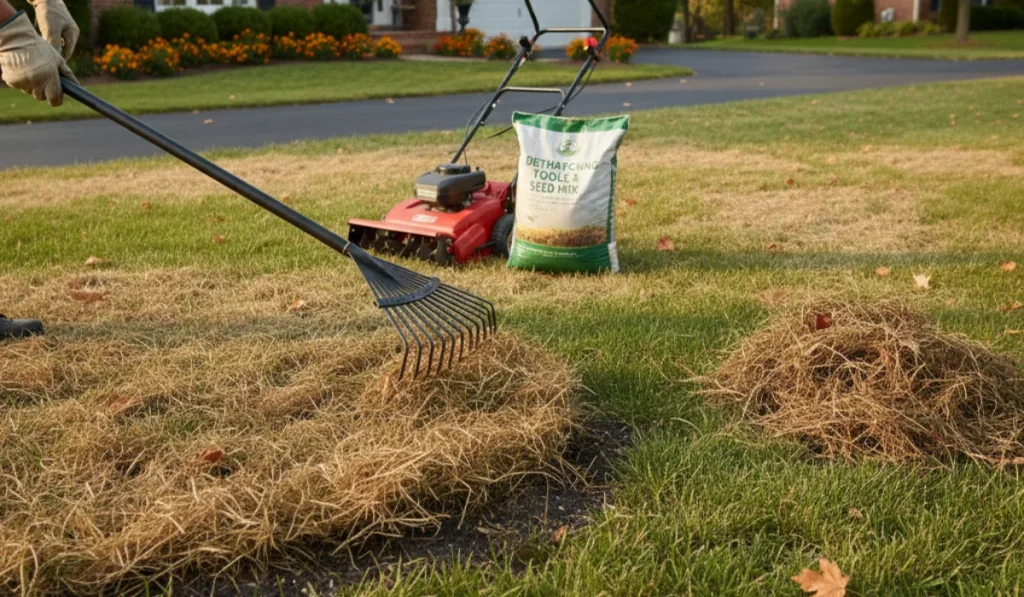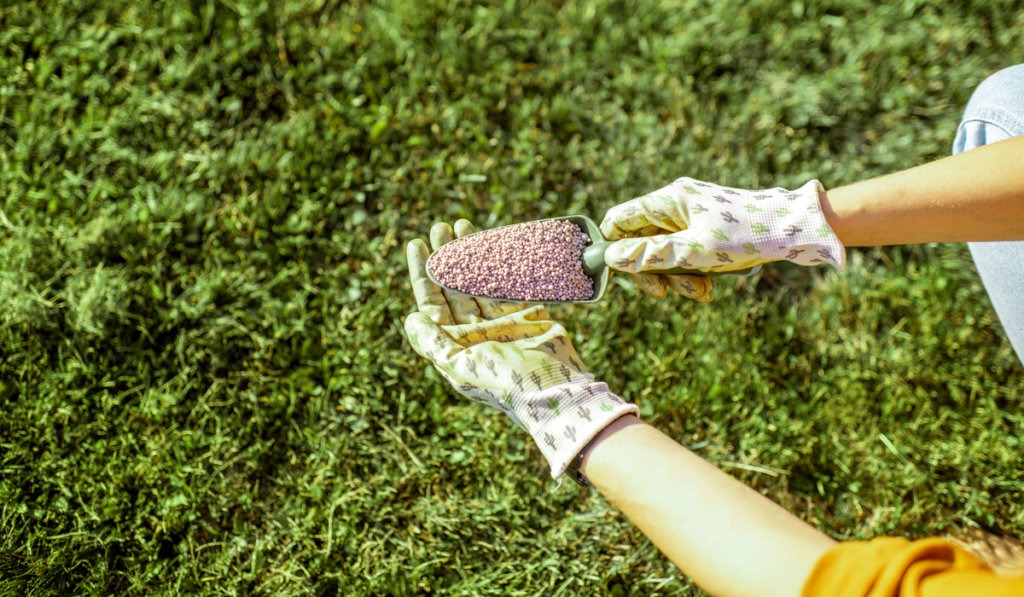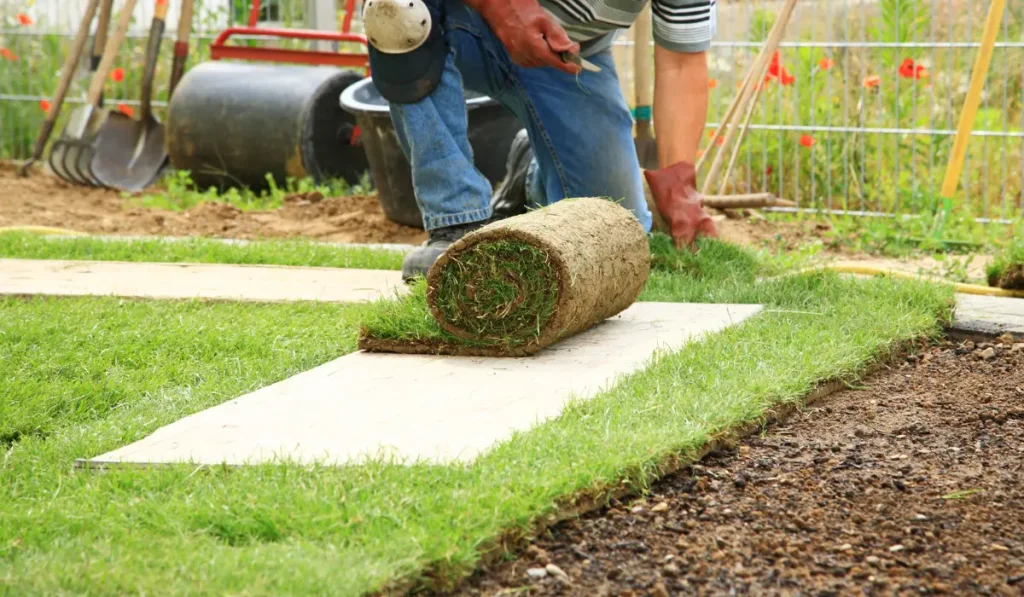Rainy seasons can create major issues for your yard, especially when heavy rain causes soil erosion. Runoff from steep slopes or compacted soil can strip away valuable topsoil, leaving behind bare soil and damaging your lawn.
Fortunately, there are several strategies to protect your lawn and keep it thriving, even during wet weather.
Key Takeaways
- Early detection of problem areas like gullies and runoff is crucial for preventing soil erosion on your lawn.
- Deep-rooted vegetation, mulch, and ground cover plants are effective solutions to protect soil and reduce erosion.
- Proper drainage systems, erosion control blankets, and retaining walls help manage water and stabilize erosion-prone areas.
- Avoiding overwatering, reducing compaction, and choosing eco-friendly products maintain healthy soil and prevent runoff pollution.
Spot Problem Areas Early
Identifying issues before they worsen is key to preventing erosion.
Look for signs like gullies, sediment buildup, and areas where water runoff collects. Pay close attention to hillsides, areas near downspouts, and spots with heavy foot traffic, as they are especially prone to erosion.
Plant the Right Vegetation
Adding vegetation is one of the most effective ways to stop erosion. Consider planting tall fescue or other grasses with deep roots, as their extensive root systems hold the fertile soil in place. For off-season soil protection, use cover crops or hardy native plants that thrive in your area’s climate.
You might also plant trees and shrubs, which can stabilize slopes and reduce the flow of water.
Protect the Soil with Mulch and Ground Cover
Covering exposed soil with mulch—such as wood chips or straw—acts as a protective layer, reducing the impact of heavy rainfall. Mulch also helps prevent soil compaction and improves soil fertility over time.
In high-risk areas, consider adding ground cover plants, which shield the soil and minimize erosion.
Install Drainage Solutions
Effective drainage systems can handle excess water and prevent erosion. Here are a few popular options:
| Drainage Systems | Description |
|---|---|
French Drains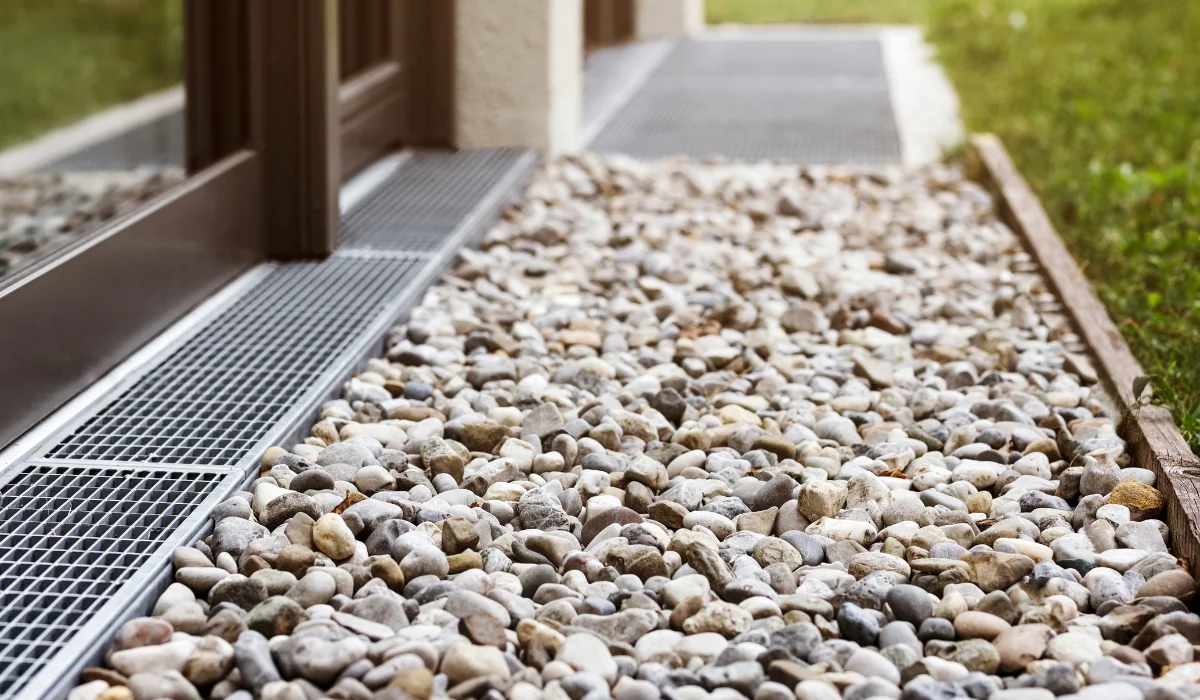
|
These redirect water underground through a gravel-filled trench. |
Rain Gardens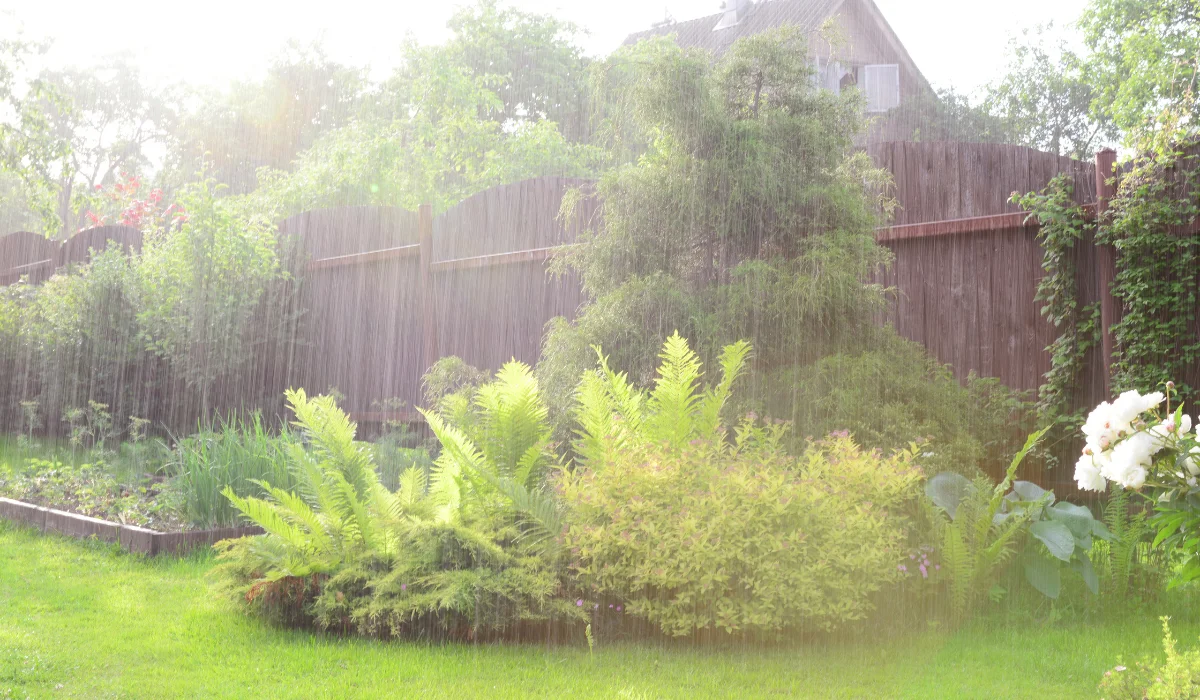
|
These planted depressions catch and absorb stormwater runoff. |
| Swales | Shallow, grassy ditches guide water away from erosion-prone spots. |
Drip Irrigation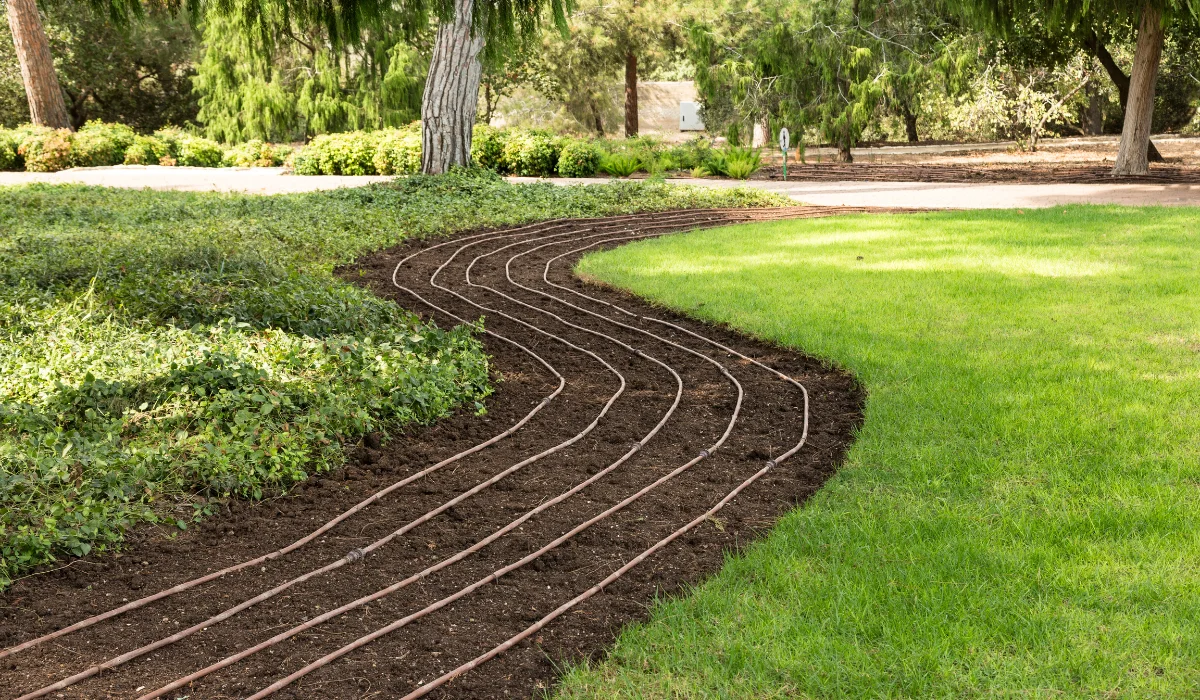
|
This system prevents overwatering and keeps water from pooling on the lawn. |
Reinforce Slopes and Hillsides
On steep slopes, installing retaining walls can slow down water and keep soil in place.
Use materials like stone, brick, or riprap (a layer of large rocks) for stability. You can also try building terraces, which divide slopes into smaller, flat sections to reduce water flow and erosion.
Reduce Runoff with Erosion Control Blankets
For newly planted areas or spots with high erosion risk, lay erosion control blankets.
These are made from materials like straw or coconut fiber and prevent soil loss until plants take root.
Pairing these blankets with grass seed or other vegetation is a great way to prevent soil erosion on unstable ground.
Address Drainage Around the Home
Unchecked rainwater from roofs and paved areas can worsen erosion.
Ensure your gutters are clean and your downspouts direct water away from the lawn. Adding landscape fabric beneath gravel or river rocks can further control water flow and protect the soil.
Avoid Overwatering and Soil Compaction
Watering too much or too often can lead to water runoff and make the problem worse.
Use sprinklers carefully to avoid overwatering. In areas with heavy activity, minimize foot traffic to reduce soil compaction, which prevents water from soaking into the ground.
Minimize Pollution Risks
Rainwater can carry pollutants, like fertilizers and pesticides, into nearby streams or rivers. Opt for organic or eco-friendly lawn care products to keep your soil healthy and avoid contaminating local water sources.
Prevent Landslides on Slopes
If your property has significant slopes or is prone to landslides, consider consulting a professional landscaper. They may recommend solutions like silt fences, strategic planting, or building terraces to stabilize the area and protect your lawn.
Keep Your Lawn Safe from Rainy Season Erosion
Protecting your lawn from erosion during rainy seasons doesn’t have to be difficult. With smart strategies like planting grass, improving drainage, and using erosion control blankets, you can safeguard your yard while keeping it beautiful.
Looking for more tips to keep your lawn in top shape? Check out SodLawn’s expert advice on erosion control and lawn care.
Frequently Asked Questions
What kind of grass works best for controlling erosion in different climates?
Grasses like tall fescue work well in cooler climates due to their deep roots, while warm-season options like Bermuda grass thrive in hotter regions and provide excellent soil stabilization.

